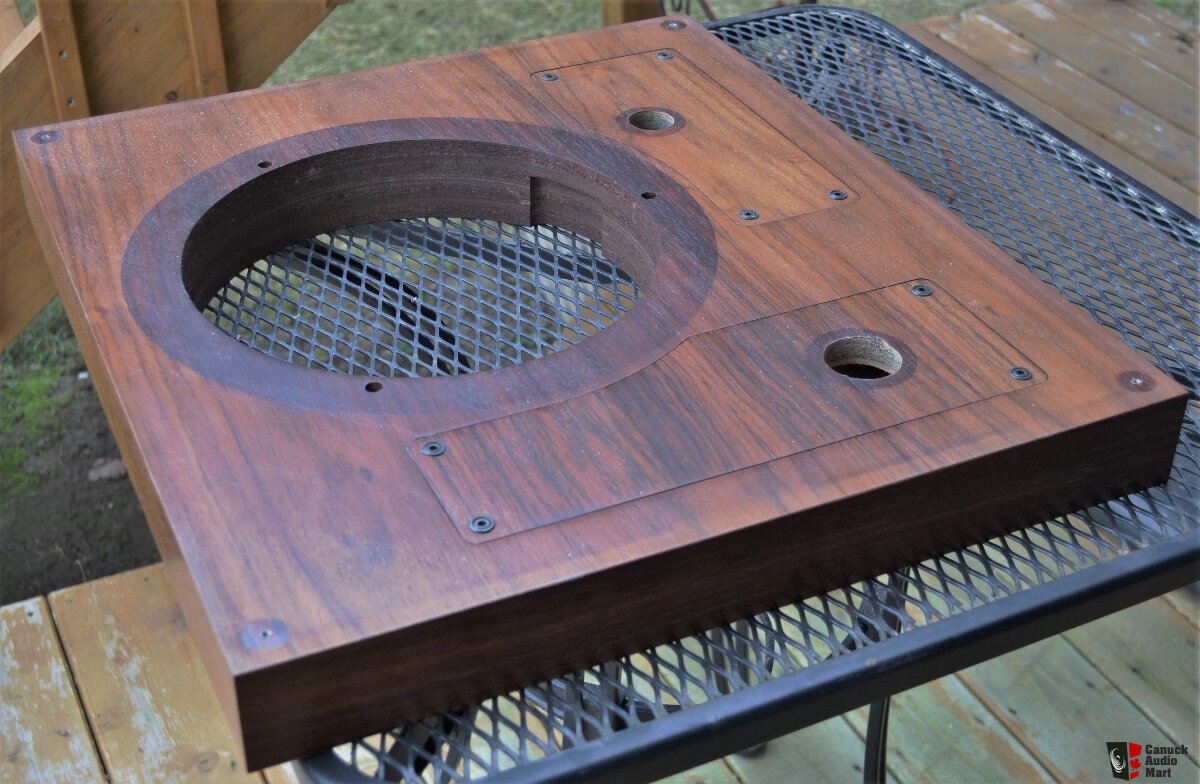It’s about far more than ringing,
I think the heavy and solid cast iron platter of my Thorens TD124 was one reason it produced the best bass I ever had, not just inertia for speed stability which is important in belt or idler wheel drive, but solid,
10lbs of cast iron, my instincts say better than 10lbs of acrylic .... perhaps better than 20lbs of arylic, I never had/heard that, just instincts
I wish my JVC TT81 had 10lbs of cast iron, or something as solid but non-magnetic.
the sandwich pair of 1/4" thick iron plates in it’s plinth are part of what I like about the Luxman PD-444 design I helped my friend acquire and set up.



